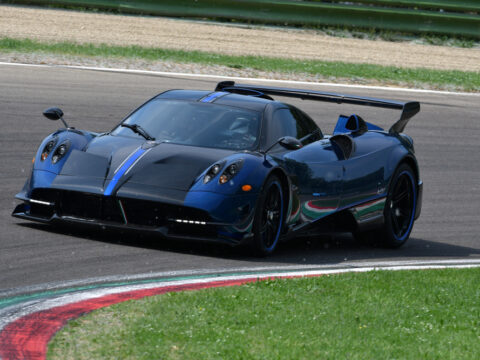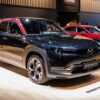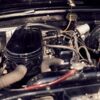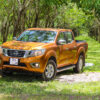Muscle cars were once the kings of the road, known for their raw power and bold designs. Over the years, some of these iconic vehicles have faded into the background, overshadowed by newer models. In this article, we’ll take a look at 18 forgotten muscle cars that deserve a comeback, reminding us why these classic rides still hold a special place in automotive history.
Contents
Plymouth Road Runner (1968-1980)
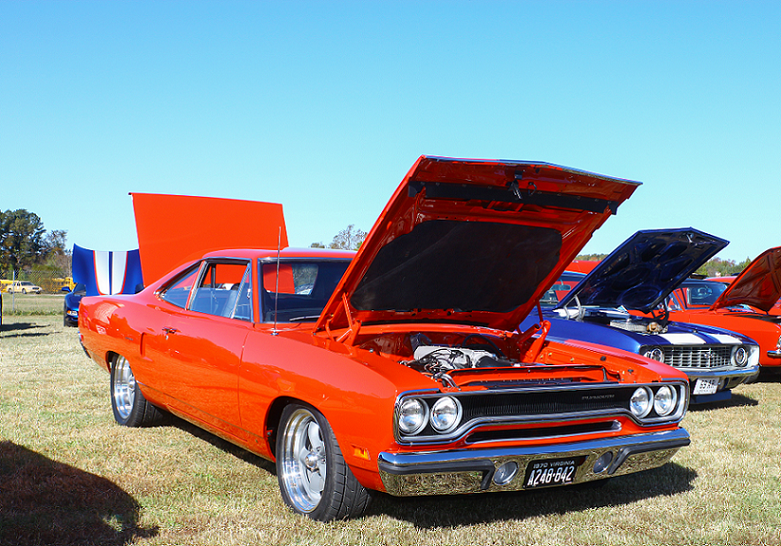
The Plymouth Road Runner was the embodiment of raw American muscle, famous for its no-nonsense design and powerful V8 engine. Featuring the iconic “beep beep” horn and a cartoon bird logo, it added a touch of humor to its otherwise serious performance. On the drag strip, the Road Runner proved its mettle, becoming a legend in its own right.
AMC Javelin (1968-1974)
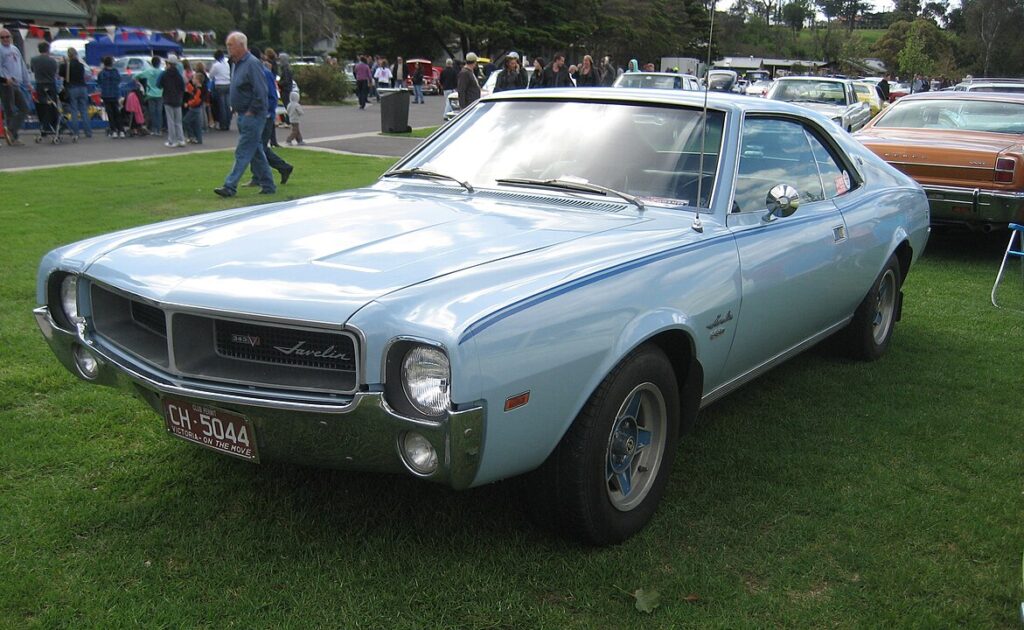
The AMC Javelin, often overshadowed by more prominent competitors, held its own with sleek lines and a capable V8 engine. Its distinct body shape and aggressive stance set it apart from the crowd. Despite its relatively brief production run, the Javelin left a lasting legacy among muscle car fans. Bringing it back today could reintroduce a unique option that blends classic muscle car aesthetics with modern technology.
Buick GSX (1970-1972)
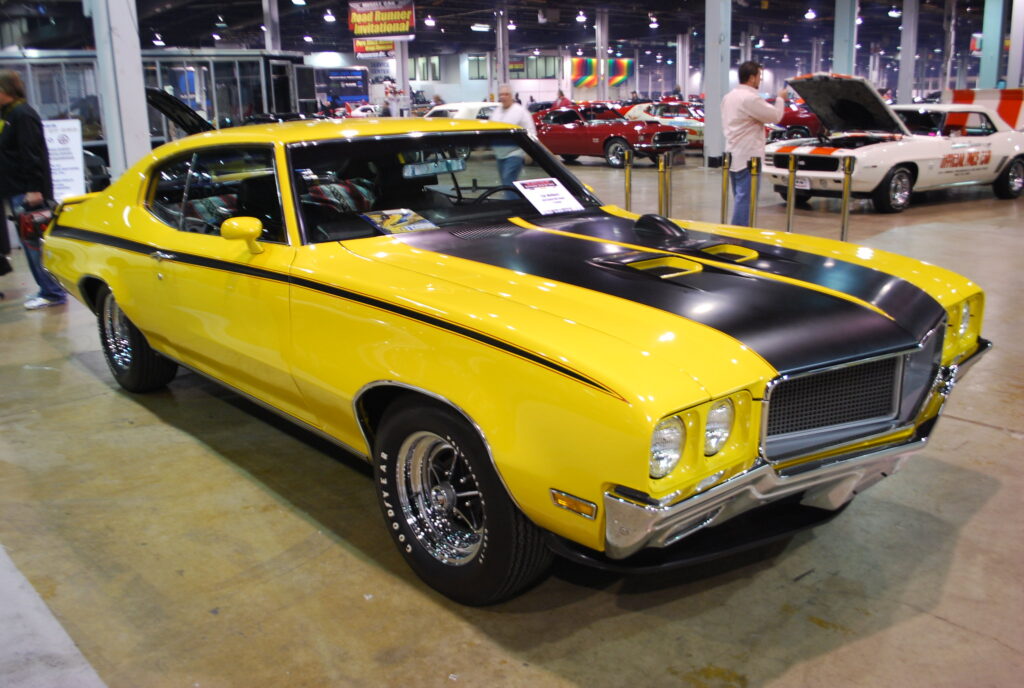
The Buick GSX was a masterclass in combining elegance with immense power, featuring a potent 455 cubic inch V8 engine hidden beneath an understated exterior. Known as a sleeper among muscle cars, it offered performance that could rival much flashier competitors. The GSX’s rarity only adds to its allure, making it a prized possession among collectors.
Oldsmobile 442 (1964-1980)
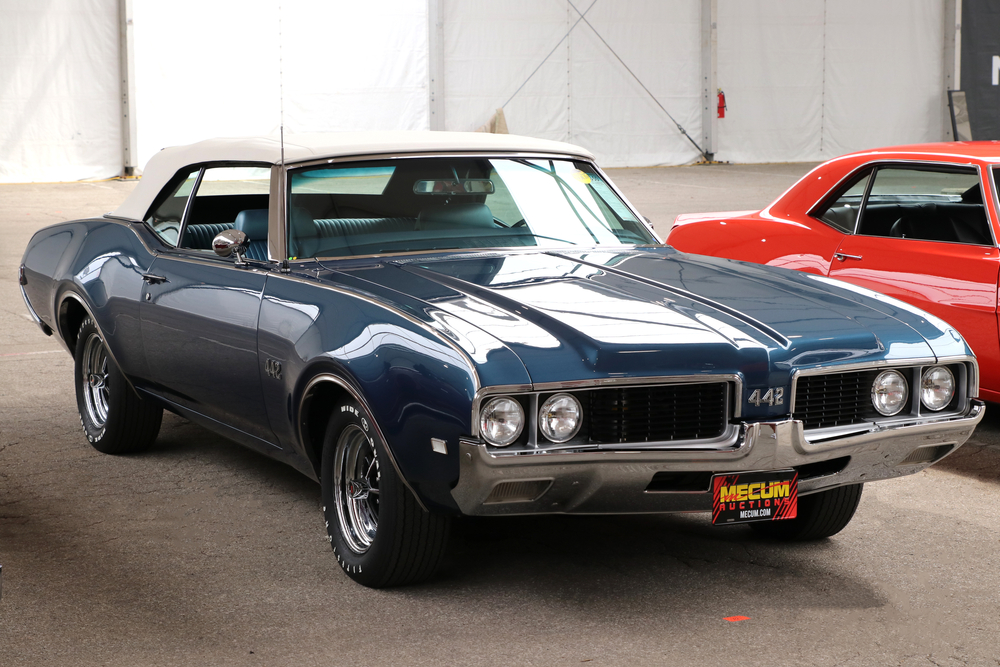
The Oldsmobile 442 stood out for its perfect balance of power and sophistication, driven by a robust 400 cubic inch V8 engine. With its aggressive yet refined styling, the 442 became a symbol of performance with a touch of class. This car’s enduring appeal makes it a strong candidate for a comeback.
Mercury Cougar Eliminator (1969-1970)
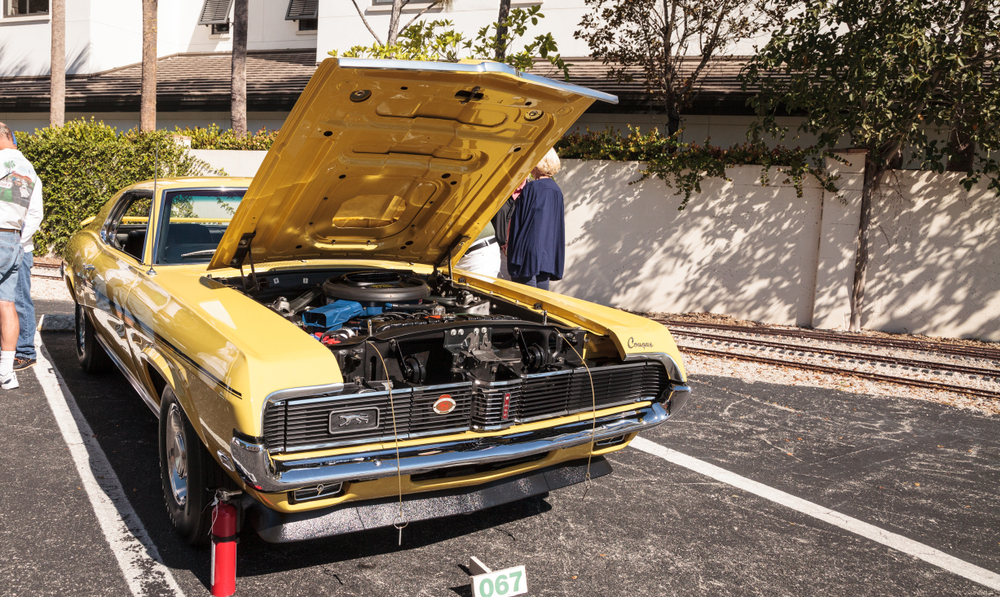
The Mercury Cougar Eliminator offered a more sophisticated alternative to the raw muscle cars of its time, with refined styling and powerful engine options. As Mercury’s upscale answer to the Mustang, the Eliminator featured unique design elements that set it apart. Its limited production run and distinctive features have turned it into a collector’s favorite. A modern Cougar Eliminator could fill a niche for those seeking a muscle car with an added touch of luxury.
Pontiac GTO Judge (1969-1971)
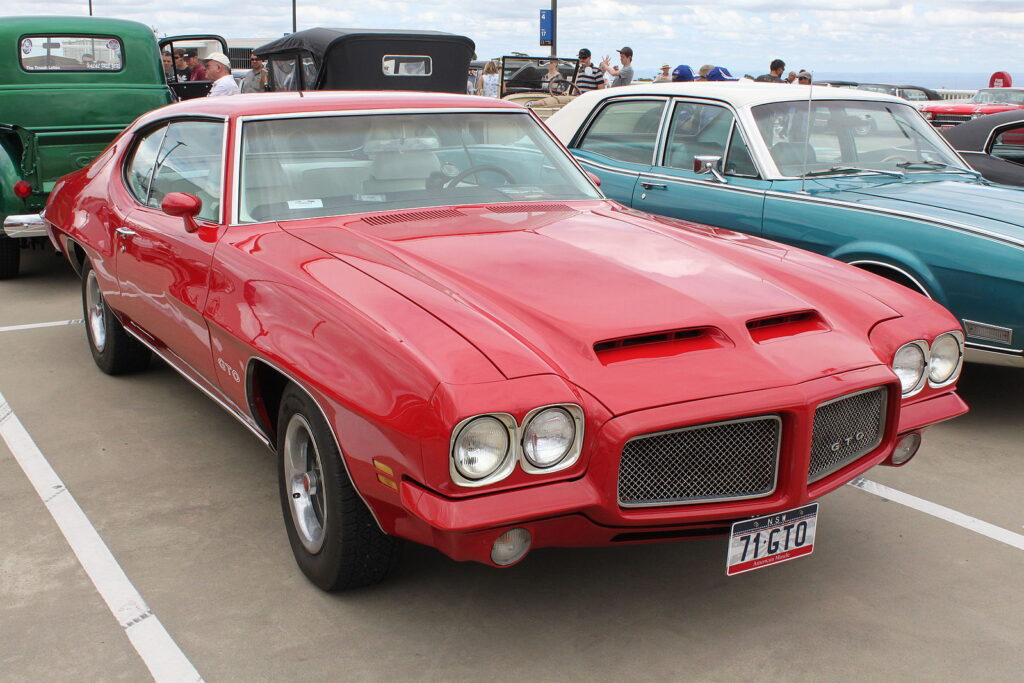
The Pontiac GTO Judge was a flamboyant and powerful version of the already iconic GTO, featuring a 400 cubic inch V8 engine and eye-catching design. The Judge package added an extra layer of boldness to the muscle car, making it a favorite among enthusiasts. With its unique blend of style and performance, the GTO Judge remains a legend.
Ford Torino Cobra (1968-1971)
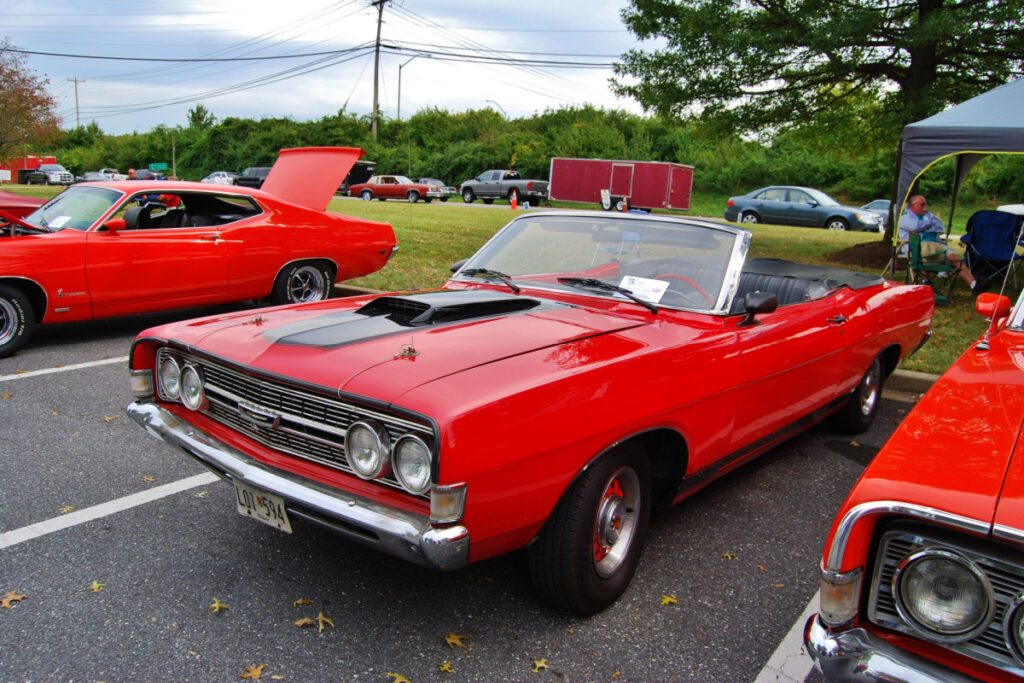
Built for speed, the Ford Torino Cobra combined a sleek fastback design with a powerful 429 cubic inch V8 engine. This no-nonsense muscle car was designed to dominate the drag strip and quickly gained a following among Ford fans. Its blend of performance and style made it a standout in its era. A modern Ford Torino Cobra could offer a thrilling combination of retro-inspired design and cutting-edge technology, appealing to today’s performance car enthusiasts.
Chevrolet Chevelle SS 454 (1970-1972)

The Chevrolet Chevelle SS 454 earned its place in history as one of the most powerful muscle cars ever, thanks to its monstrous 454 cubic inch V8 engine. With up to 450 horsepower on tap, the Chevelle SS was a force to be reckoned with on the street and the strip. Its aggressive styling only added to its menacing presence.
Plymouth GTX (1967-1971)
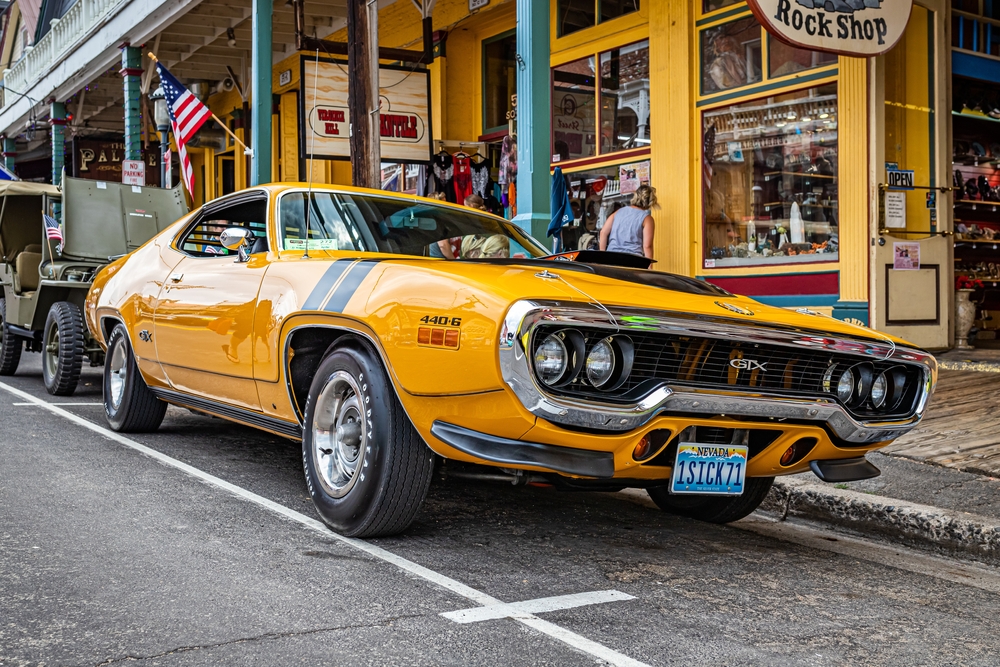
Known as the “gentleman’s muscle car,” the Plymouth GTX offered a luxurious driving experience without sacrificing power, thanks to its 440 cubic inch V8 engine. The combination of performance and luxury made the GTX a unique offering in the muscle car market. Its sophisticated design and powerful engine continue to attract collectors and enthusiasts alike.
Dodge Super Bee (1968-1971)
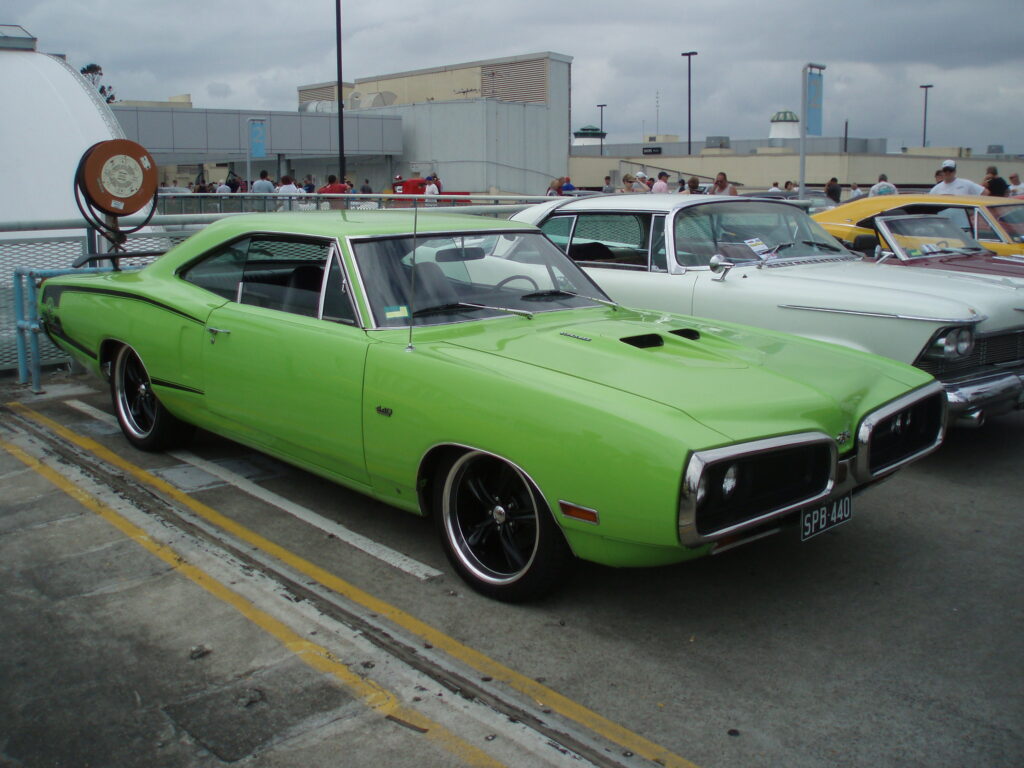
The Dodge Super Bee was designed to deliver high performance at an affordable price, featuring powerful V8 engines and a straightforward design. Its no-frills approach made it a popular choice among drag racers and muscle car enthusiasts. The Super Bee’s blend of affordability and power makes it an ideal candidate for a modern comeback.
AMC Rebel Machine (1970)
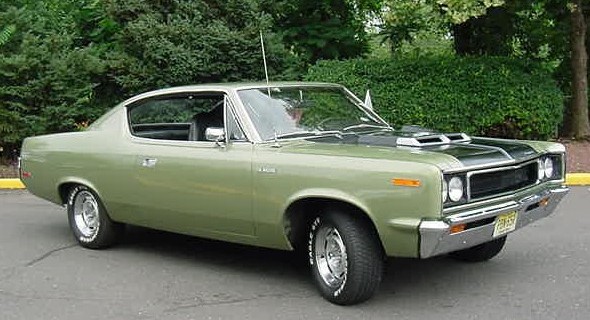
The AMC Rebel Machine, with its bold red, white, and blue color scheme and powerful 390 cubic inch V8 engine, made a statement in the muscle car world, despite being produced for only one year. Its aggressive design and impressive performance quickly earned it a place among the greats. The Rebel Machine’s uniqueness and limited production have made it a prized possession among collectors.
Pontiac Firebird Trans Am (1970-1981)
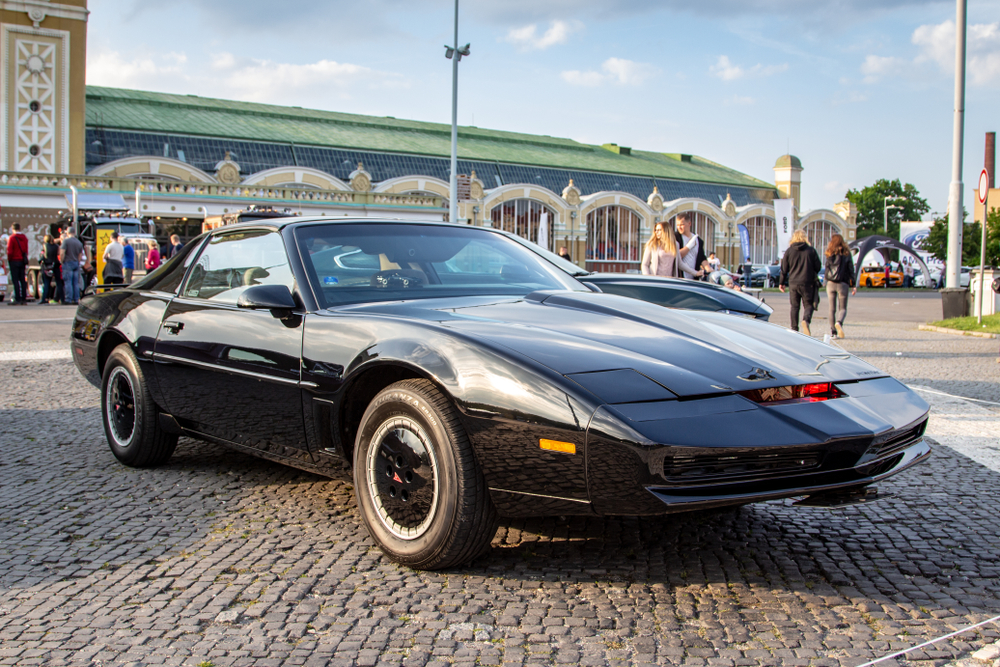
Made famous by its appearances in movies like Smokey and the Bandit, the Pontiac Firebird Trans Am became an icon of American muscle. With its aggressive styling, T-top roof, and powerful V8 engines, the Trans Am embodied the spirit of freedom and performance. Its popularity has endured long after its production ended, making it a strong candidate for a revival. A new Trans Am could combine modern performance technology with the classic styling that made the original so beloved.
Ford Fairlane Thunderbolt (1964)
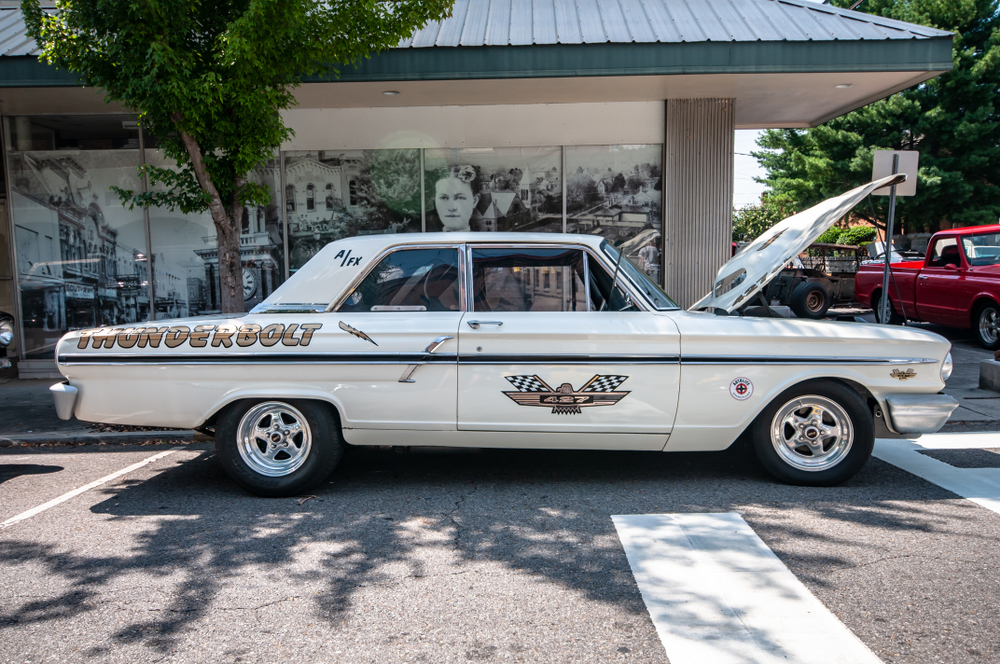
The Ford Fairlane Thunderbolt was built for one purpose: drag racing. With its lightweight body and powerful 427 cubic inch V8 engine, it was designed to dominate the quarter-mile. Only 100 units were produced, making it a rare and highly sought-after collector’s item today. The Thunderbolt’s raw performance and exclusivity have cemented its place in muscle car history.
Chevrolet Nova SS (1968-1972)
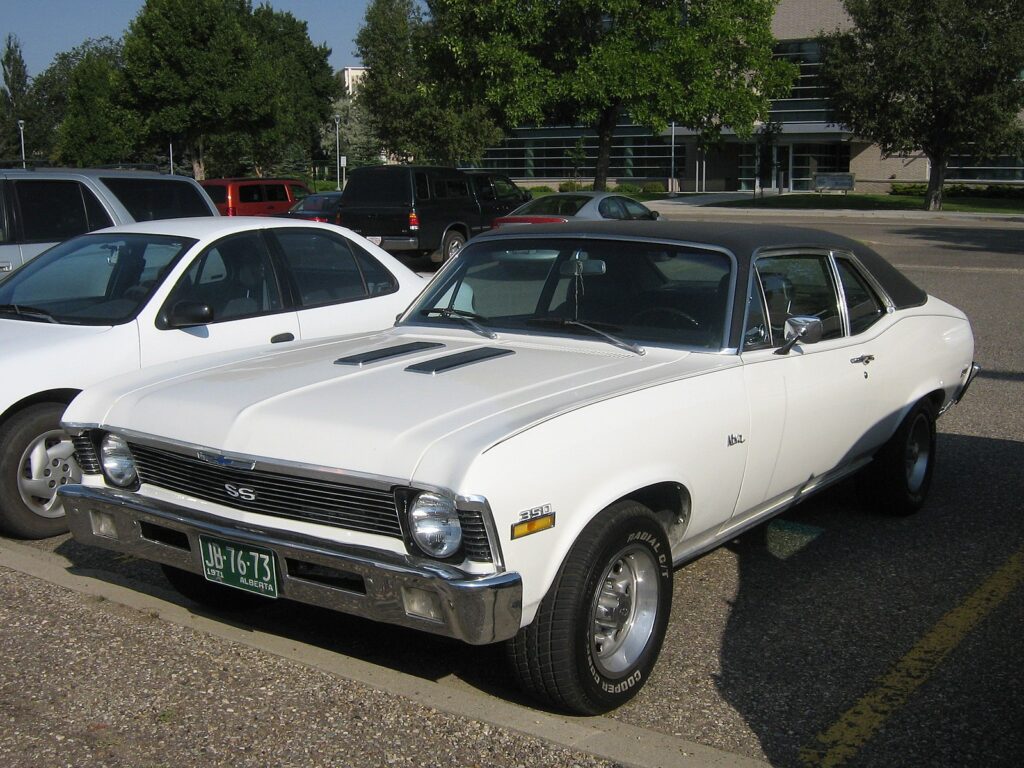
The Chevrolet Nova SS may have been a compact muscle car, but it packed a serious punch with its 396 cubic inch V8 engine. Its lightweight design and powerful engine made it a favorite among street racers, who valued its agility and speed. The Nova SS’s combination of compact size and big power remains a compelling formula today.
Plymouth Duster 340 (1970-1976)
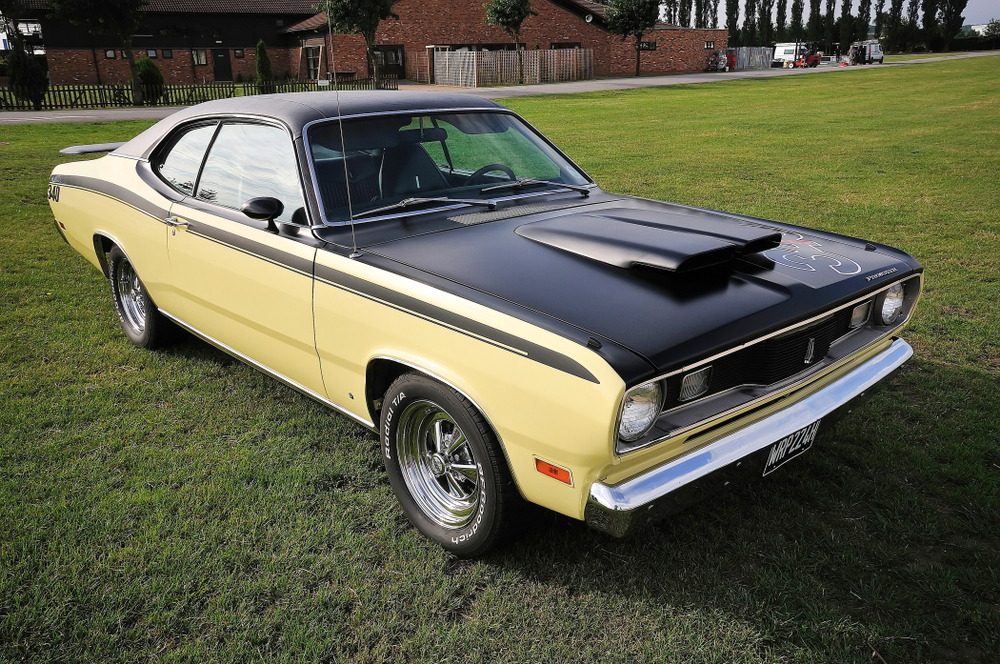
The Plymouth Duster 340 was a budget-friendly muscle car that didn’t compromise on performance, featuring a 340 cubic inch V8 engine that delivered impressive power. Its lightweight design made it quick and nimble, making it a hit with young drivers and street racers. The Duster 340’s mix of affordability and performance remains appealing even in today’s market. A modern Duster could offer a cost-effective yet powerful option for those who want muscle car thrills without breaking the bank.
Mercury Cyclone Spoiler II (1969)
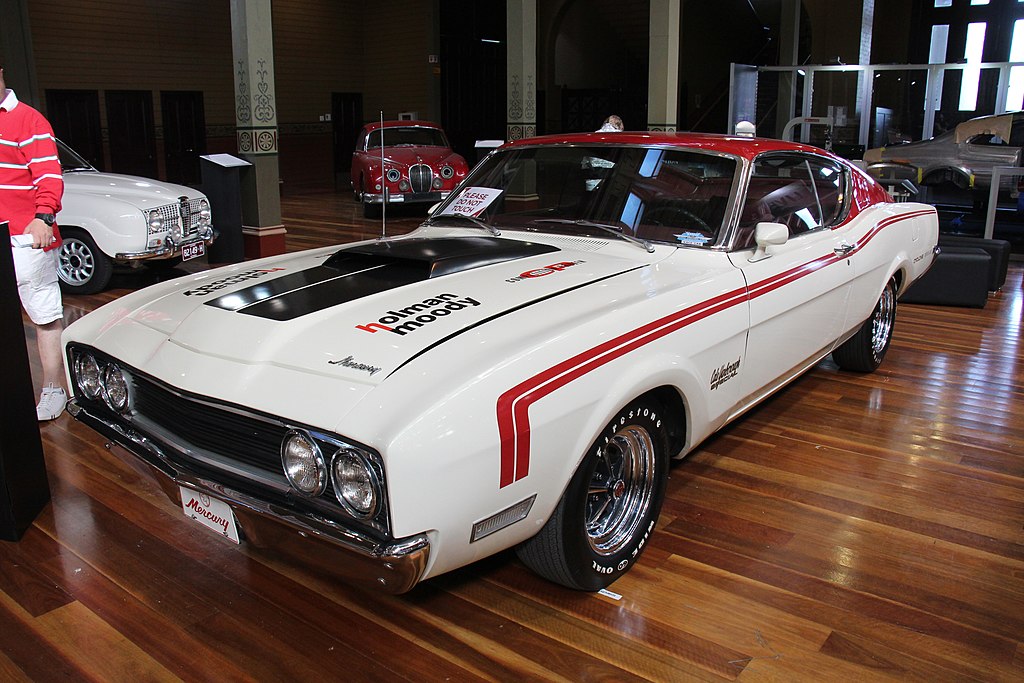
Built with NASCAR in mind, the Mercury Cyclone Spoiler II featured an elongated nose and a powerful 429 cubic inch V8 engine, designed to maximize aerodynamic efficiency and speed on the track. This homologation special was produced in limited numbers, making it a rare and collectible muscle car today. The Cyclone Spoiler II’s unique design and racing pedigree make it a prime candidate for a comeback. A modern version could bring back the thrill of NASCAR-inspired muscle, offering a unique blend of performance and style.
Buick Riviera GS (1965-1970)
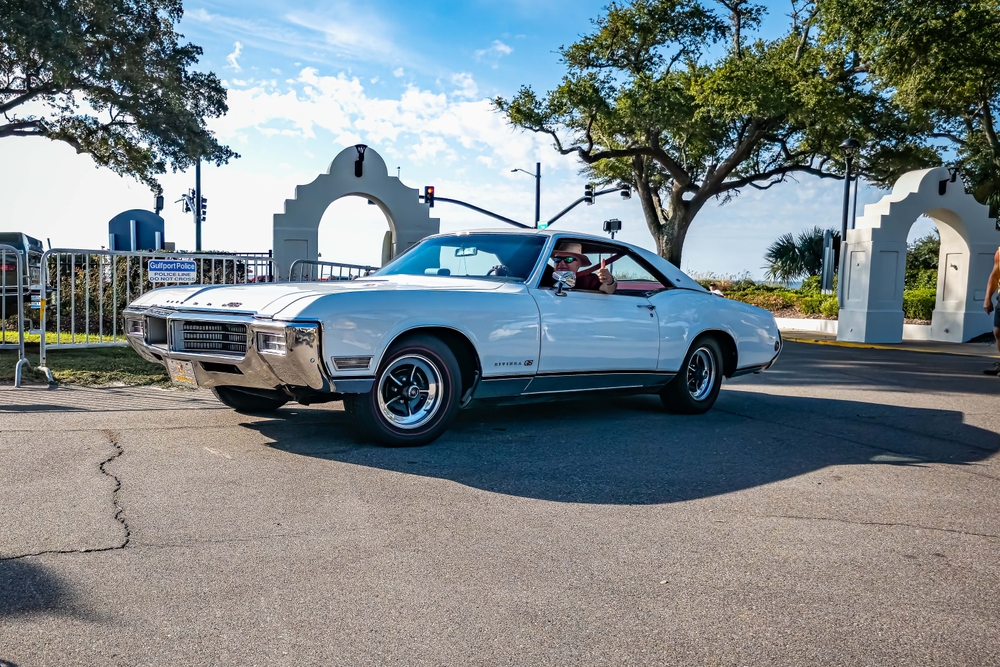
The Buick Riviera GS was more than just a muscle car; it was a luxurious grand tourer with a powerful V8 engine under its distinctive “boat tail” design. Combining Buick’s trademark comfort with impressive performance, the Riviera GS stood out from the crowd. Its blend of luxury and power remains appealing even today.
Dodge Charger Daytona (1969)
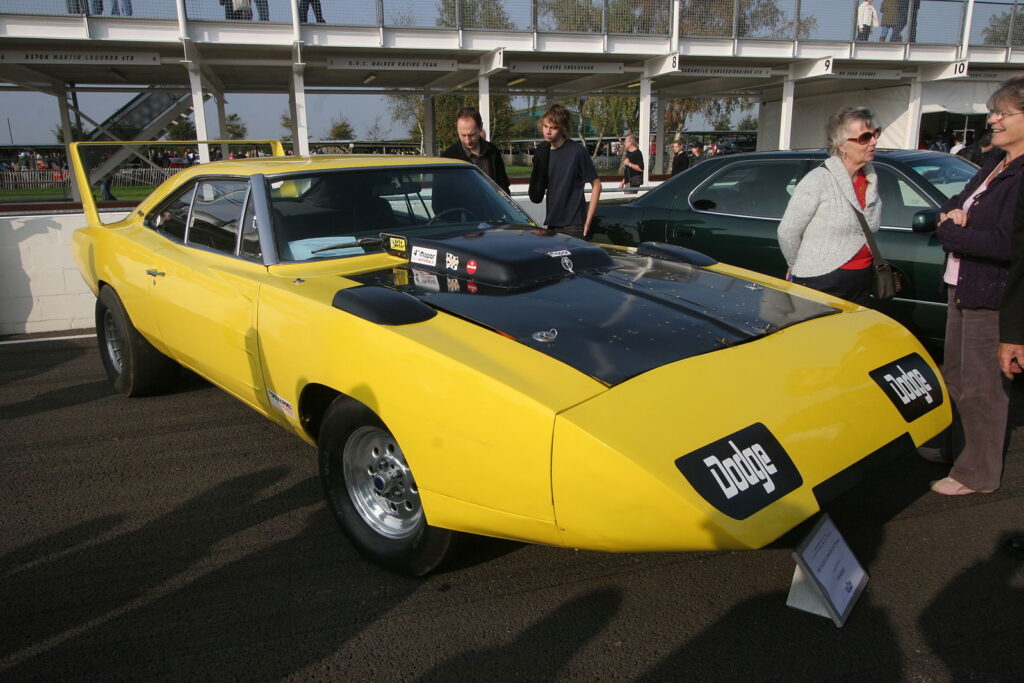
The Dodge Charger Daytona was a bold statement in both design and performance, with its massive rear wing and aerodynamic nose cone. Built to dominate NASCAR, the Daytona was powered by the legendary 426 Hemi V8 engine, making it a force to be reckoned with on the track. Its unique design and unmatched performance have made it an icon in the muscle car world.
This article originally appeared on MyCarMakesNoise.
More from MyCarMakesNoise
13 Car Companies That Drove into Oblivion
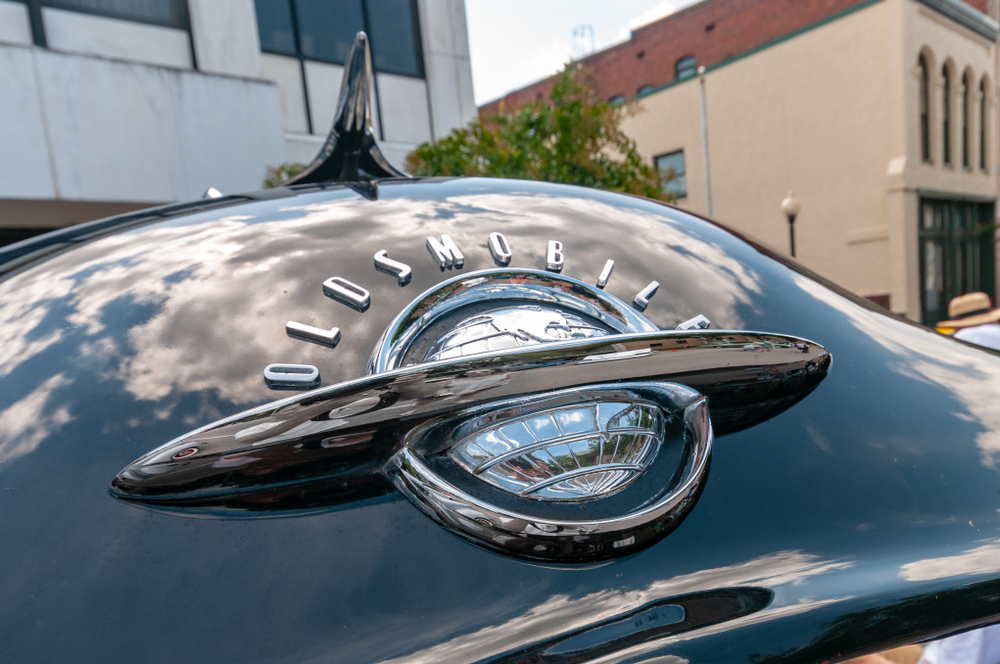
Throughout the history of the automotive industry, many brands have attempted to make an impact, yet not all have succeeded. Here, we delve into the stories of car companies that, despite their initial promise, ultimately met with failure. Read More.
14 Key Technological Progressions in Fighter Jets
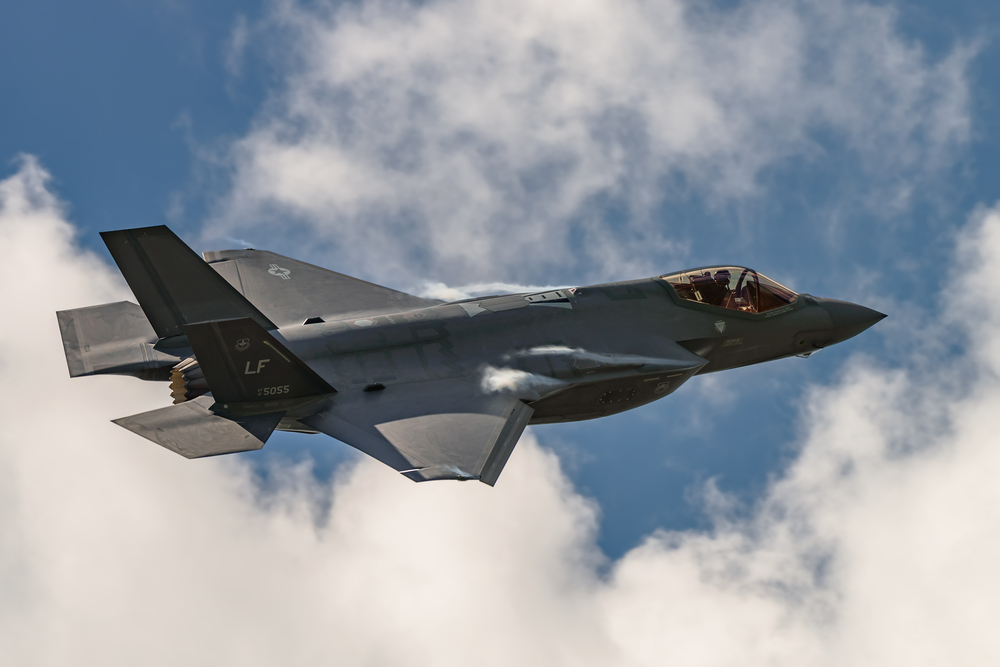
Fighter jets have come a long way since their early days, evolving with incredible advancements that push the limits of technology. From stealth capabilities to cutting-edge propulsion systems, these aircraft have integrated numerous innovations to stay ahead in modern warfare. Read More.
13 Little-Known Hybrids with Great Efficiency
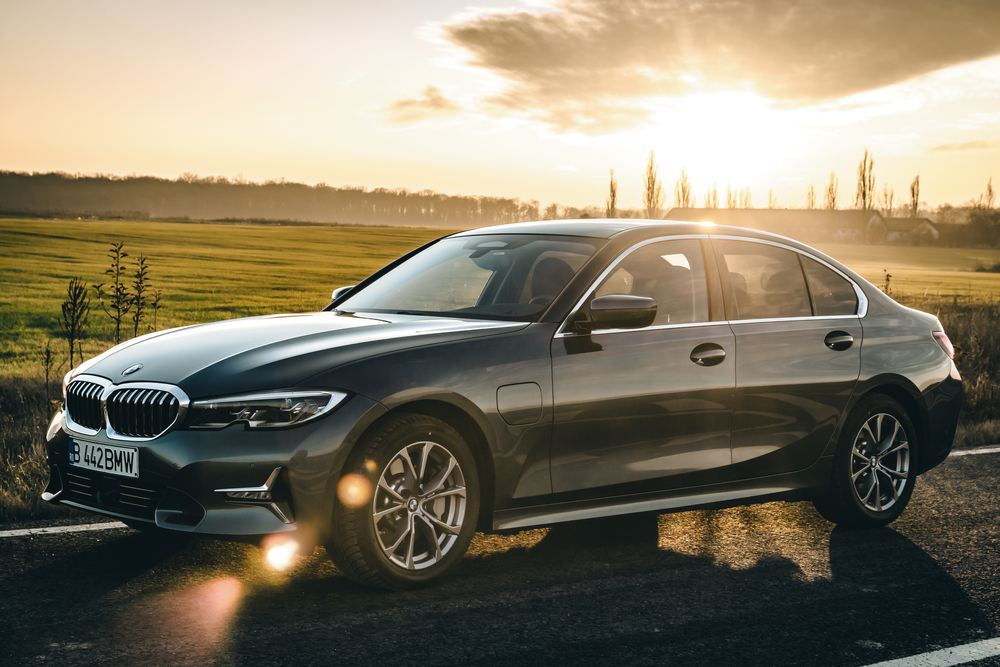
Hybrid vehicles have come a long way since their inception, evolving into diverse models that cater to varying tastes and needs. Yet, beyond the well-touted giants of the segment like the Toyota Prius, there exists a plethora of lesser-known hybrids that offer exceptional fuel efficiency and environmental benefits. Read More.

